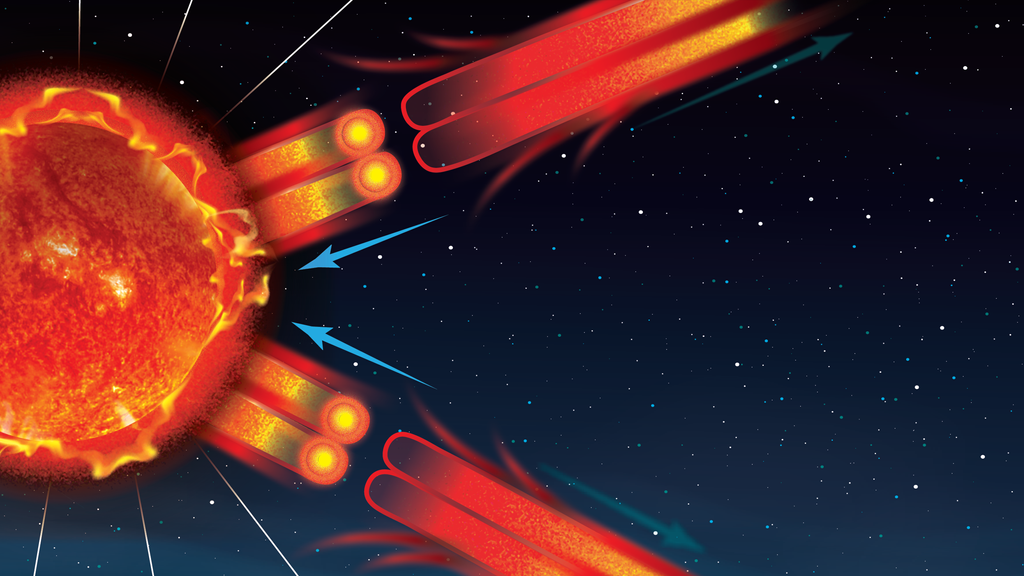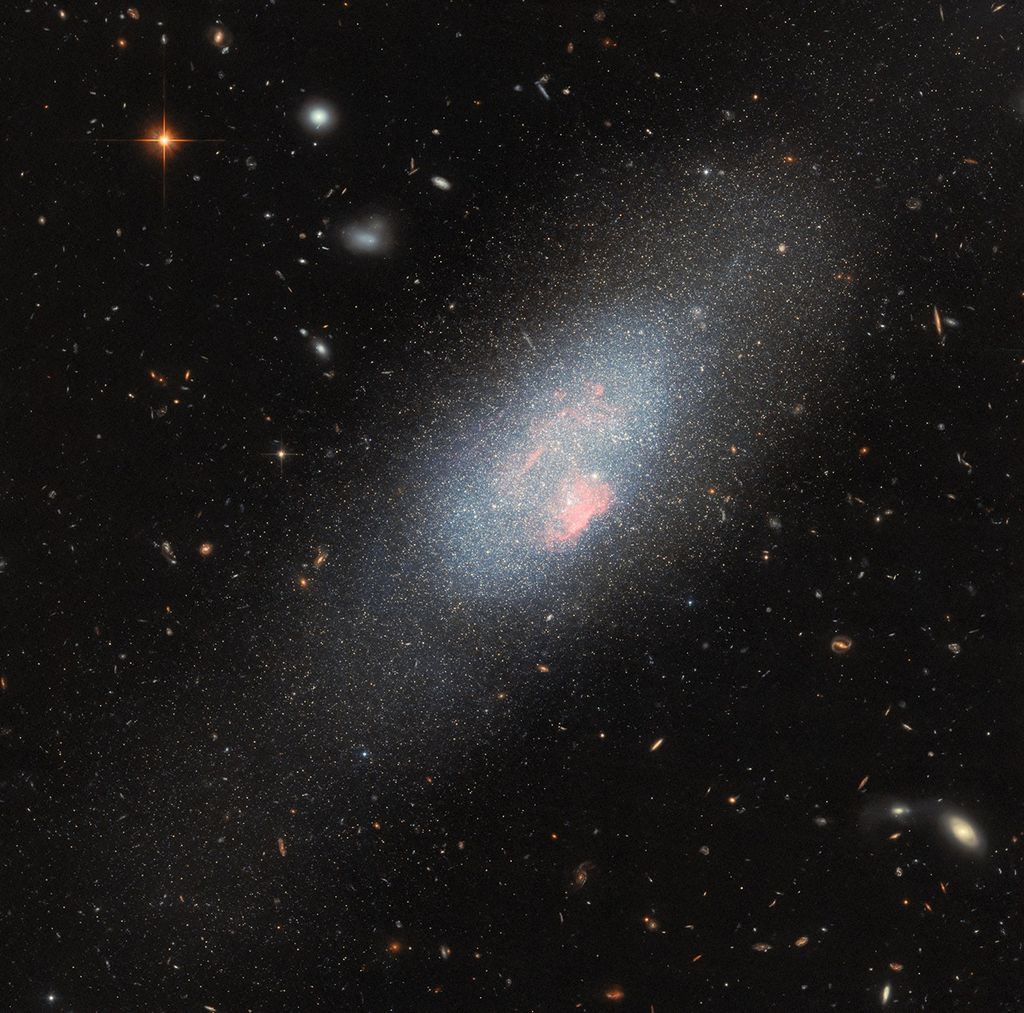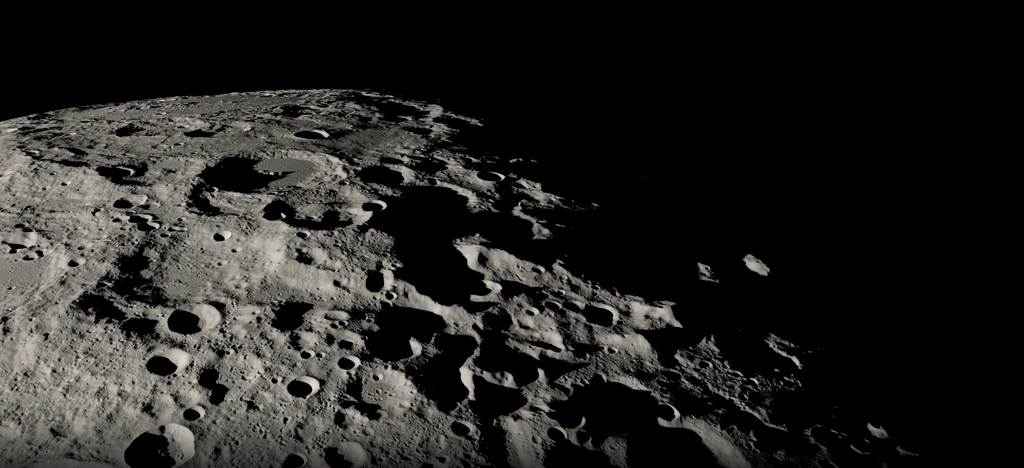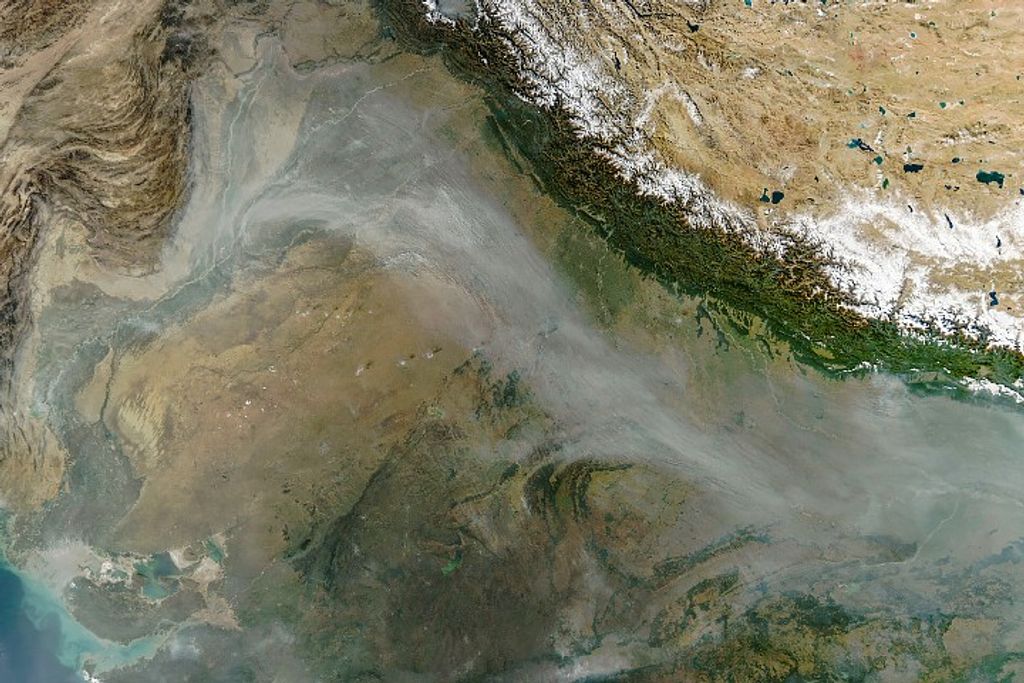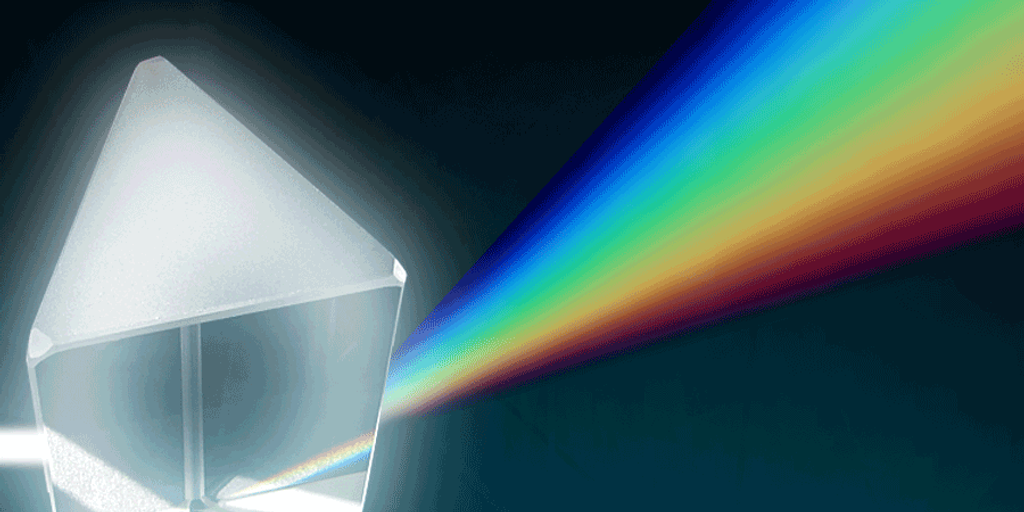Science Analysis Group
New Great Observatories
About NGO SAG
New Great Observatories
The goals of the New Great Observatories Science Analysis Group (NGO SAG) are to analyze and answer the following questions:
To what degree can the Key Science Questions from Astro2020 be advanced by contemporaneous flight of current, imminent, and future IR/O/UV, X-ray, and FIR Great Observatories? In particular, what discoveries in the Astro2020 Priority Areas might be uniquely made possible by coordinated use of X-ray through FIR space observatories using powerful and varied instruments? What gaps require contemporaneous flight of several or even all of these observatories, and to what degree is asynchronous panchromatic coverage sufficient? How might gaps be closed by the notional future multi-scale multiwavelength mission portfolio, including future explorers and probes?
In the scenario that any or all of these missions not be launched, or should their missions see minimal overlap, what are the corresponding scientific impacts with regards to loss of discovery space or inability of the community to address the priority areas of Astro2020?ity.

Cross-PAG Science Analysis Group
NGO SAG, PhysPAG, COPAG, and ExoPAG Chairs
| Name | Institution |
|---|---|
| Grant Tremblay | Harvard CFA |
| Meredith MacGregor | Johns Hopkins University |
| John O’Meara | University of Hawaii, Keck Observatory |
| Jessie Christansen | CalTech |
| Amanda Hendrix |
How to Participate
We invite participation from the community, particularly from early-career researchers and those from under represented backgrounds in astronomy. Please contact us for more information about our activities and mission, and how you can get involved.
Contact Us about How to Participate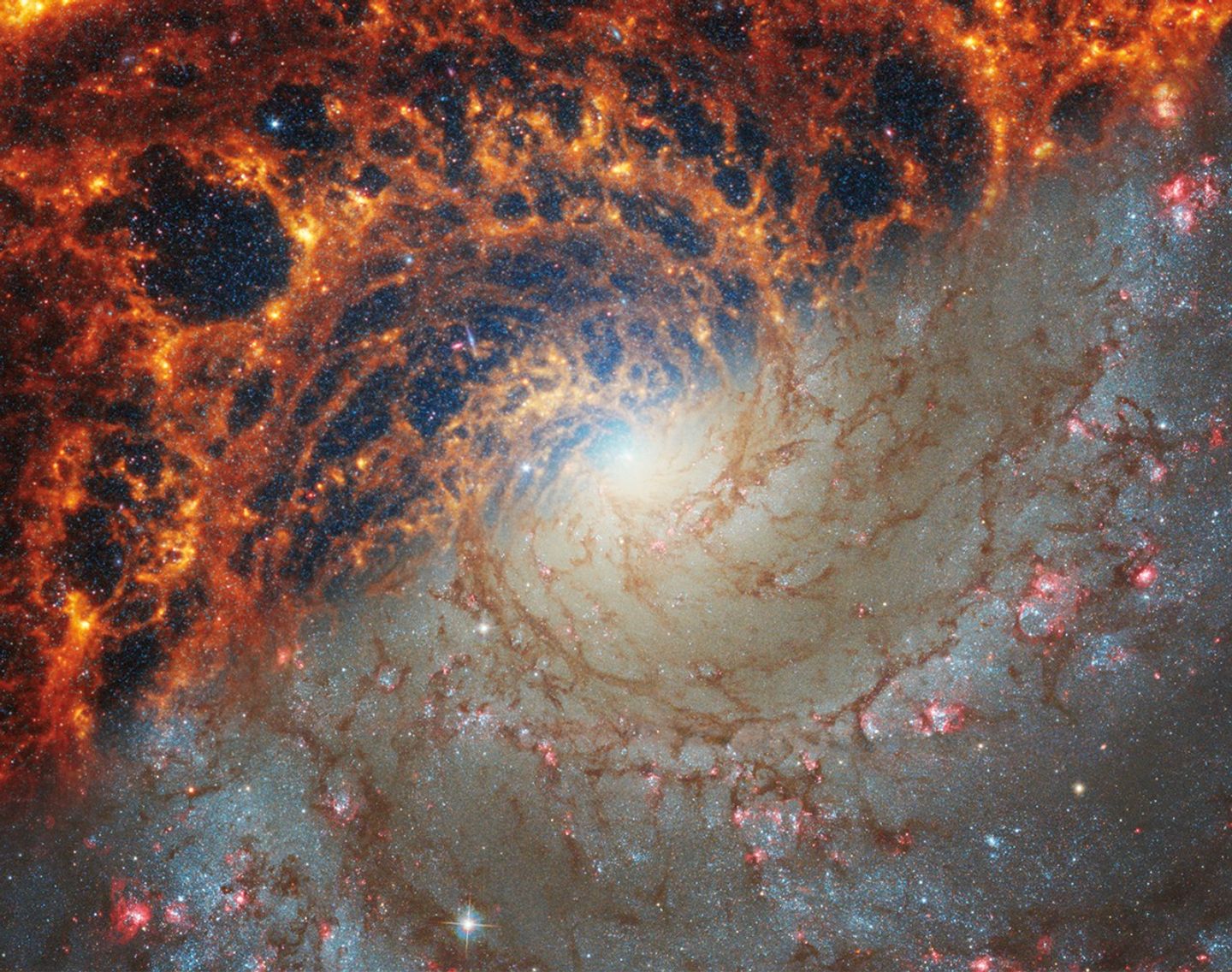
News Straight to Your Inbox
Subscribe to your community email news list
We will never share your email address.




